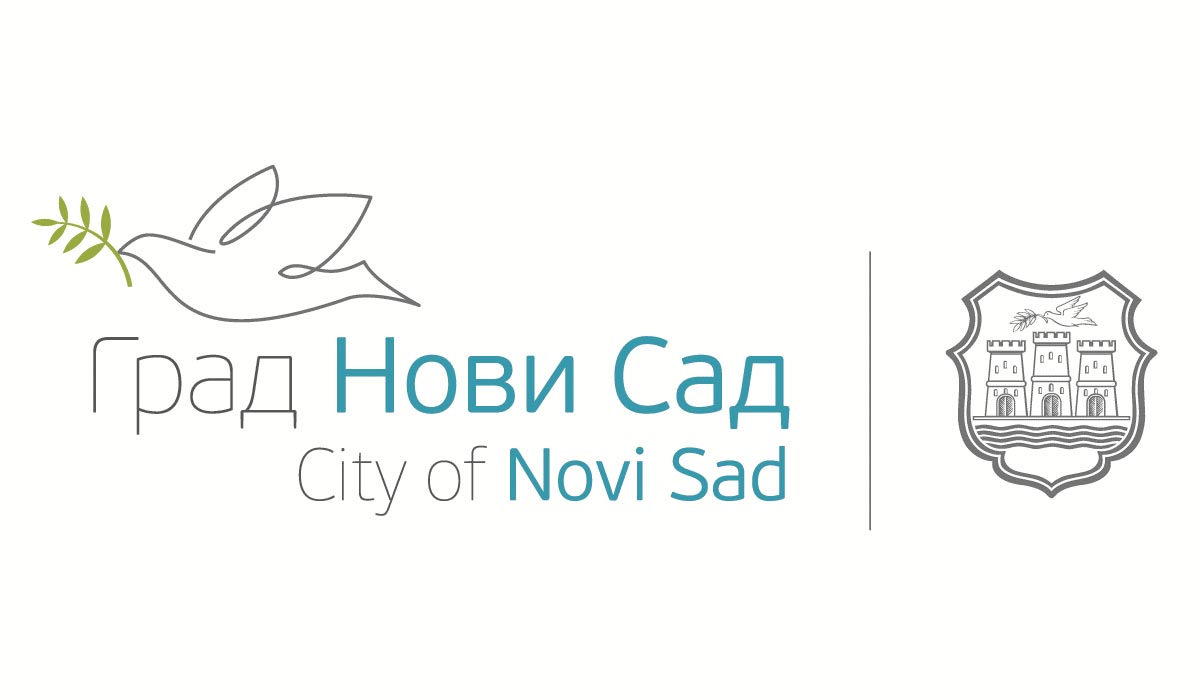ECONOMIC AND ALTRUISTIC MOTIVES IN PHILANTHROPIC WORK OF THE CARNIOLAN SAVING BANK 1844–1908
DOI:
https://doi.org/10.19090/i.2019.30.157-170Keywords:
Carniolan Savings Bank, philanthropy, charity work, donations, Regulation, boycottAbstract
The article discusses the different reasons for very enthusiastic philanthropic work of the Carniolan Savings Bank. During the second half of the 19th century the social issue appeared in a changed form as an urgent question of improving the financial position of an increased number of poorer strata of the society. The management of the Carniolan Savings Bank was aware that the financial resources they collected could help with overcoming hardship and contribute to the general good. The board of the Carniolan Savings Bank donated a part of its net income for charity purposes every year. The paper deals with the period from 1844, the year of the proclamation of the Savings bank regulation, which allowed the use of surpluses for charitable and non-profit purposes. The period under scrutiny ends with the year 1908, when the Carniolan Savings Bank changed its policy of philanthropic activities because of the consequences that it faced after the “run” and boycott of the Slovenian part of the population in the Carniola province.
Downloads
References
David, T. Guilhot, N. and Mazburi, ‘Einleitung: Philanthropie und Macht, 19. und 20. Jahrhundert.’ Traverse. Zeitschrift für Geschichte – Revue d’histoire, 13, 2006, 7−17.
Dirninger, C. Historic dimension of corporate social responsibility (CSR) of savings banks − the Austrian example, 9th European Symposium on Savings Banks History, European Savings Banks: From Social Commitment to Corporate Social Responsibility, Madrid 4−5 May 2006. Perspectives, 55, 2007, 9−18.
Fritz, H. 150 Jahre Sparkassen in Österreich. Geschichte. Wien: Sparkassenverl., 1972.
Geremek, B. Usmiljenje in vislice. Zgodovina revščine in milosrčnosti, Ljubljana: Studia humanitatis, 1996.
Goropevšek, B. ‘Odmev in pomen septembrskih dogodkov leta 1908. Spomin na 90-letnico dogodkov’, u: Stane Granda, Barbara Šatej, Slovenija 1848–1918. Iskanje lastne posti. Ljubljana: Zveza zgodovinskih društev Slovenije, 1998, 115–123.
Judson, P. M. The Habsburg Empire. A New History, Cambridge, MA: Belknap, 2016.
Lazarević, Ž. and Prinčič, J. Bančniki v ogledalu časa. Življenjske poti slovenskih bančnikov v 19. in 20.stoletju, Ljubljana: ZBS Združenje bank Slovenije, 2005.
Lazarević, Ž. Plasti prostora in časa. Iz gospodarske zgodovine Slovenije prve polovice 20. stoletja, Ljubljana: Inštitut za novejšo zgodovino, 2009.
Maltby, J. and Rutterford, J. ‘Investing in charities in the nineteenth century. The financialization of philanthropy’, in: Accounting History, 21/2−3, 2016, 263−280.
Matić, D. Nemci v Ljubljani 1848−1918, Ljubljana: Oddelek za zgodovino Filozofske fakultete, 2002.
Melik, V. ‘Problemi slovenske družbe 1897–1914’, u: Slovenci 1848–1918. Razprave in članki. Maribor: Litera. 2002a, 600–607.
Melik, V. ‘Politične razmere na Štajerskem v času Napotnika’, u: Slovenci 1848–1918. Razprave in članki. Maribor: Litera. 2002b, 608–620.
Hahn-Oberthaler, V., Obermüller, G. and Weiglein, M. 170 Jahre Sparkasse Oberösterreich, Linz: Allgemeine Sparkasse Oberösterreich Bank AG, 2019.
Pančur, A. V pričakovanju stabilnega denarnega sistema, Celje: Zgodovinsko društvo, 2003.
Pančur, A. ‘Nacionalni spori’, u: Jasna Fischer, Slovenska novejša zgodovina. Od programa Zedinjena Slovenija do mednarodnega priznanja Republike Slovenije 1848−1992. Ljubljana: Mladinska knjiga; Inštitut za novejšo zgodovino, 2005, 36−38.
Radics, P. Die Wohltätigkeit in Krain unter den Herrschen aus dem Hause Habsburg. Eine culturgeschichte Studie, Wien: Österreichisch-Ungarischen Revue, 1898. (online via: http://www.dlib.si/stream/URN:NBN:SI:doc-V60XKGDU/65eafa25-2b89-4ae3-994c-4100fd2037f9/PDF)
Rodriguez, E. and Andersson, M. Adaptation of the savings banks’ social approach to their evolving environment − Swedish savings banks and society, 9th European Symposium on Savings Banks History, European Savings Banks: From Social Commitment to Corporate Social Responsibility, Madrid 4−5 May 2006. Perspectives, 55, 2007, 35−57.
Sandgruber, R. Ökonomie und Politik. Österreichische Wirtschaftsgeschichte vom Mittelalter bis zur Gegenwart. Wien: Ueberreuter, 1995.
Studen, A. Stanovati v Ljubljani. Socialnozgodovinski oris stanovanjske kulture Ljubljančanov pred prvo svetovno vojno, Ljubljana: ISH - Institutum studiorum humanitatis, 1995.
Thol, C. Poverty relief and financial inclusion. Savings banks in nineteenth century Germany. Brussels: WSBI−ESBG The Voice of Savings and Retail Banking, 2016.
Valenčič, V. Gradbeni razvoj Ljubljane od dograditve južne železnice do potresa l. 1895. Kronika. Časopis za slovensko krajevno zgodovino, 9/3, 1961, 135−144. (online via: http://www.dlib.si/stream/URN:NBN:SI:doc-671UDSFW/9f911a39-d744-42a3-b077-9fb14982bc6b/PDF)
Vodopivec, P. O gospodarskih in socialnih nazorih na Slovenskem v 19. stoletju, Ljubljana: Inštitut za novejšo zgodovino, 2006.














